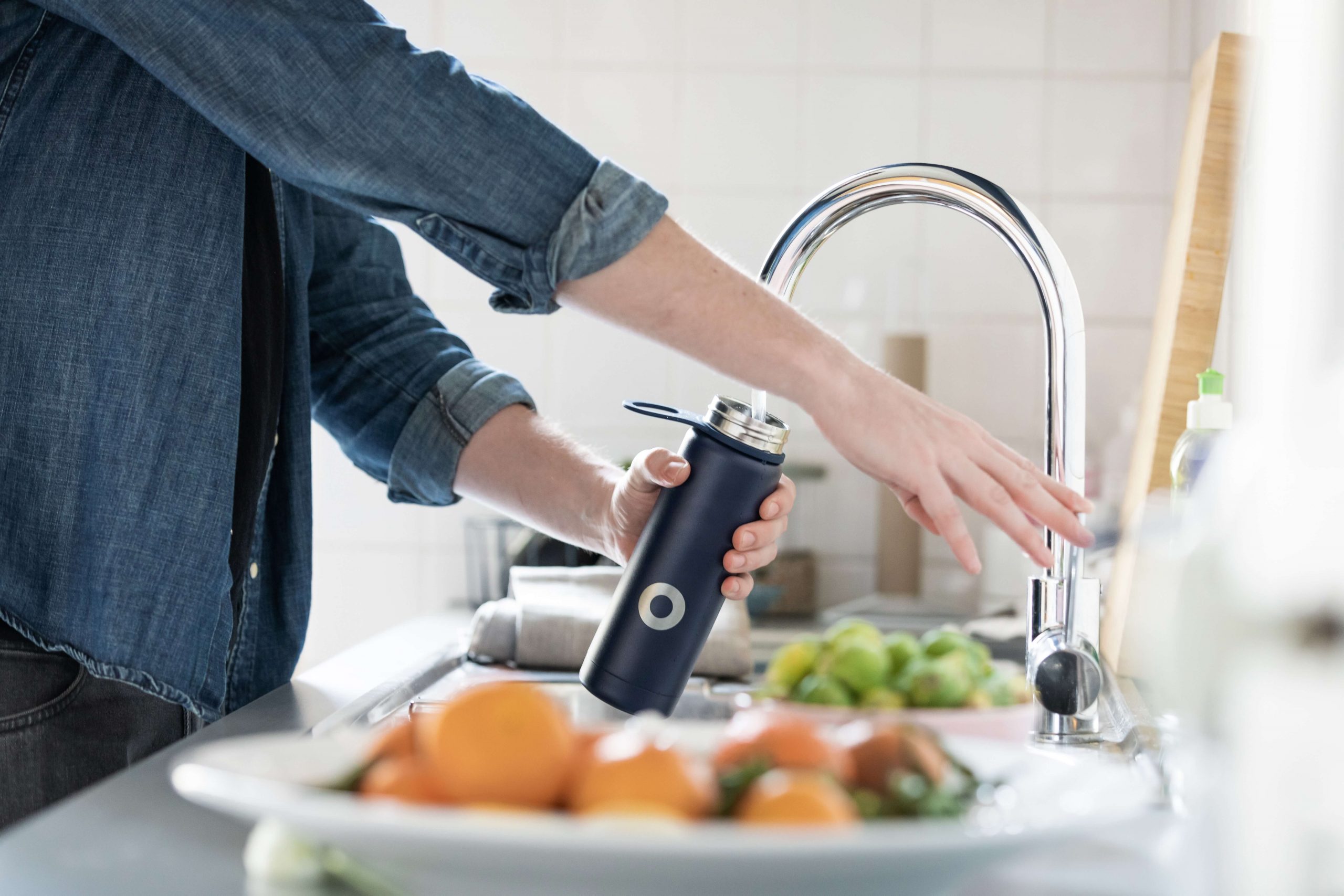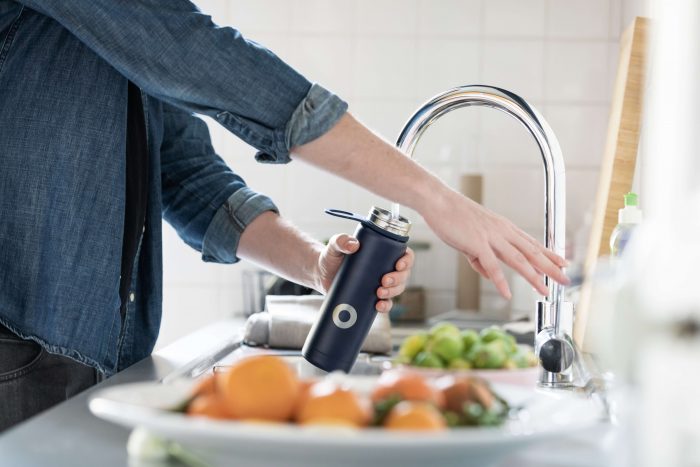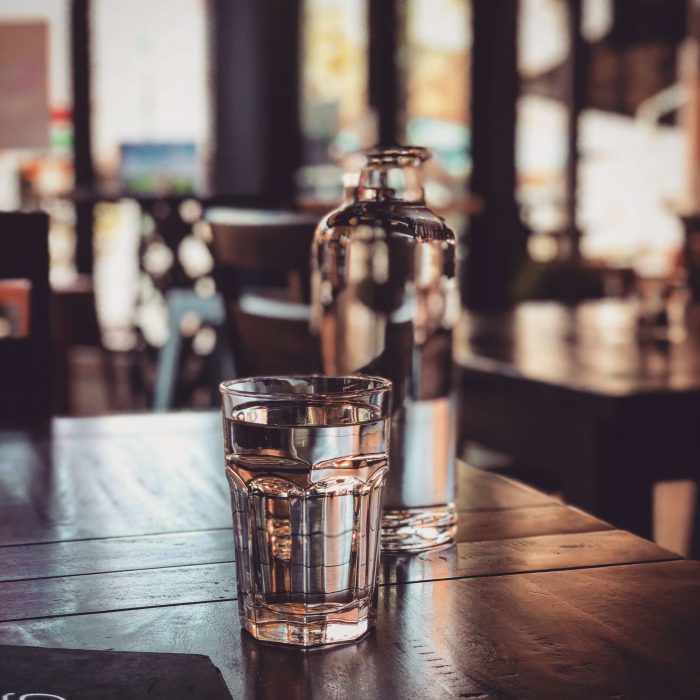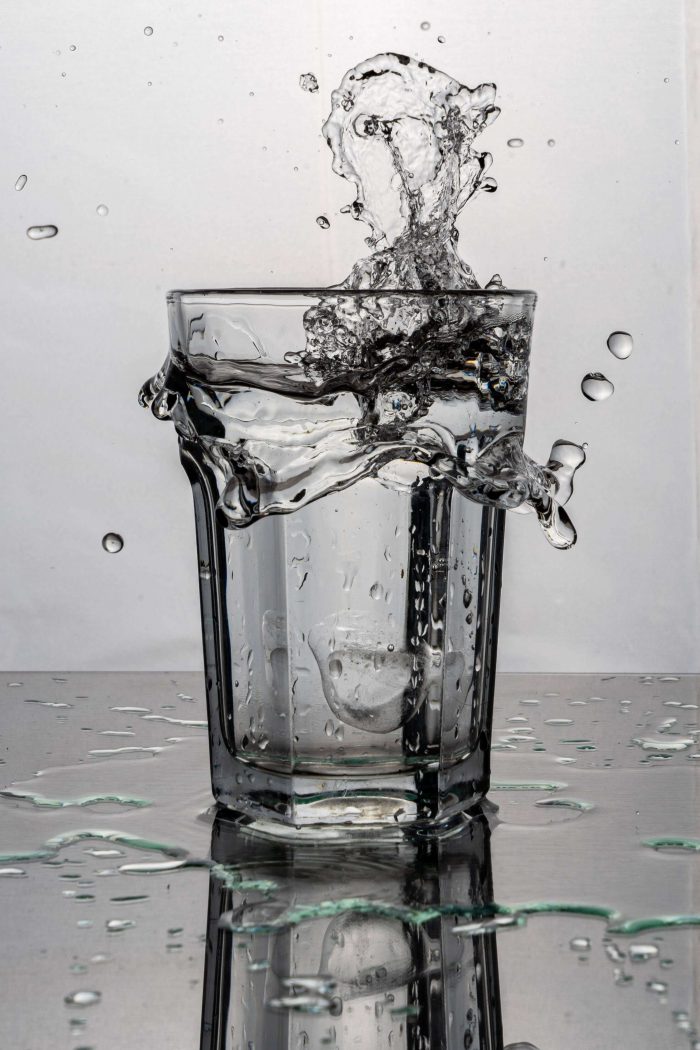
When Should You Change Your Water Filter?
August 20, 2021 2:01 pm Leave your thoughts
Installing a water filter can make a huge difference to the quality of your water. Water filters can remove a wide variety of manmade and natural contaminants including chlorine, chloramines, fluoride, algae, trihalomethanes, sediment, chemicals, volatile organic compounds and much more.
However, to get the most out of your water filter system, it needs to be well maintained. One of the important maintenance tasks you will need to perform is the replacement of your water filters or water filtration media when it is no longer effective.
This task can be challenging as different types of filters can have unique lifespans. The quality of your water and how much water is put through the filter can also determine how long it will remain effective.
Fortunately, there are a few tell-tale signs you can watch for, which indicate it is time to replace your water filters. If you have any questions, give us a call on 02 6646 8565 or send an email to sales@clarencewaterfilters.com.au.

8 Signs That Your Water Filter Needs To Be Changed
#1 – Water Begins to have a Taste Bad or Odour
The most obvious sign that a water filter needs to be replaced is the flavour of your water changing for the worse. Flavour changes can occur when a water filter has reached maximum capacity and is no longer capable of absorbing foul-tasting contaminants like chlorine.
When a filter has reached this point, contaminants will simply flow through it, so it will be like drinking unfiltered water once more. If a filter is years past its use by date, it can even begin to harbour bacteria, which can alter the taste or aroma of your water.
#2 – Discoloured Water
If a filter is no longer effective, contaminants which change the appearance of your water may also begin to flow through the filter. This can include sediment, iron particles, clay, dirt, and algae. While having discoloured water doesn’t always mean it is unsafe to drink, it can be less enjoyable, may stain your clothes, and does not look nice.
#3 – Reduced Water Pressure (Slow Flow Rate)
When absorption filters become full of contaminants, it will become harder for water to pass through. This can reduce your water pressure and cause your flow rate to drop. If it begins to take minutes to fill your water jug or your shower water pressure has dropped, your water filter has probably reached maximum capacity.
#4 – Visible Sediment
With coarser filters when you can see flecks of sediment in your water it usually means your filter has reached its maximum dirt holding capacity. The filter is packed with sediment and unable to trap any more, it may be forced through the filter cartridge back into the water supply.
#5 – The Digital Alarm Goes Off On Your Filtration System
Modern fridges and some electronic filtration systems often have digital displays which tell you when a filter needs to be replaced. They may begin to beep or flash when it is time to change your filter.
However, it’s worth noting that the timers may not be an accurate measure as they do not take into account your usage or water quality.
For example, most of the filter replacement warnings in fridge filter systems are simple 6 month timers which reset whenever you change a filter. While flashing lights on filter tap handles as set for 12 months and you will need to remove or replace the battery to reset the timer.
#6 – The Amount Of Scale Build Up
If you have a filter that reduces scale but have recently noticed scale building up in your kettle sinks and taps it may be a sign that filter needs replacing.
#7 – The Filter Is Past Its Recommended Lifespan
Most filters will have a recommended lifespan. This is usually represented as a litre capacity and a specific length of time. It’s important to understand that these capacities are estimates and will vary based on how the filter is used and your local water quality.
#8 – You Can Choose to Receive a Phone Call Or Text Message From Us
If you have purchased your water filters from Clarence Water Filters, we will send you a text message or email reminder to let you know that your filter is due for replacement.
These reminders are based on the recommended lifespan of each product, so you will receive a 12 month reminder if you have a standard 10 inch filter like the WC04 or a 6 month reminder if you have a small fridge filter like the Samsung DA29-00020B.
You can opt-in or opt-out of these remainders at any time. It’s also possible to change the time of your filter replacement remainder – just give us a call or send an email to sales@clarencewaterfilters.com.au.

How Often Should You Change Your Water Filter Cartridges?
So, what is the typical lifespan of a water filter? Well, it can vary based on several factors including the water source and the application.
- Quality of your water
Your local water supply may have heavy dirt and sediment or high levels of chlorine and other contaminates that will saturate your carbon filters quicker. - Amount of water you use
The more water flowing through a filter, the sooner it will become full of contaminants or deplete the media it contains. This means a family of 5 that drinks 20 litres of drinking water a day may need water filters more often than a single person who uses 3 litres a day. Most carbon water filters will have a litre capacity, which represents how many litres the filter can effectively remove chlorine and other contaminants. - Type of filter you are using
There are several types of media used in water filters. The most common types being activated carbon blocks, granular activated carbon (GAC), fibredyne carbon, kinetic degradation flux (KDF55 or KDF85), mixed bed resin, and polyphosphate. The precise combination of media in use can affect the filter’s lifespan. - Size of your filter
Size matters when it comes to water filters. In terms of carbon, the more carbon you have in the filter, the higher absorption capacity it has. The same goes for polyphosphate, with larger amounts being able to reduce scale over longer periods. While having a larger surface area on a sediment filter will give you longer service intervals. - Getting the most out of your filters
You can extend the lifespan of filters by pairing them with other types of filters. If you place a sediment filter before your carbon filter, for example, you can prevent dirt and other materials prematurely clogging up the micro pores in your carbon filter. This is why a twin or triple system with a sediment filter may deliver a full 12 months of protection, but a single carbon filter may clog up earlier than expected. Alternately, by having a dedicated filter tap or outlet for the filtered water and a tap with un filtered water for general use can also be away to extend the service life of your filters. - Where it is used
Commercial and residential operating environments have very different requirements. A filter in a commercial environment may be required to process 10 or 20 times the amount of water that a home filter does. This obviously depletes the filter much faster. - Natural disasters and blackwater events
Fires, floods, and droughts can have a dramatic impact on the quality of local water. These events can cause huge increases in sedimentation, pathogens, and higher dosing of chlorine (as local authorities respond to contamination). Blackwater events may also occur, where flooding washes organic material including fertilizers and pesticides into waterways. This changes the balance of the water killing aquatic organisms, and contaminating water supplies. - Guide to the service Life
Sediment or pre filters will depend on dirt load and this varys.
As a guide the average 10” x 2.5” size activated carbon filter (the size used in most under bench and benchtop systems) will last about a year in the average Australian household with average town water.
At this point, the pores in the carbon will be full of contaminants and the flow rate will begin to slow. Obviously, this time frame will vary based on the factors listed above.
While a carbon block filter or the carbon in whole of house systems needs to be replenished more often, due to the sheer volume of water they process. The standard 20” by 4.5” big blue system will usually have its carbon replenished about every 6 to 12 months.
Polyphosphate filters (scale reduction) will have their lifespan solely determined by how much water goes through the filter. However, they are usually designed to have a 6 month lifespan, based on average household use.

How Often Should You Change Commercial Water Filters?
Water filters that are used in commercial environments usually need to be changed more frequently (between 4-6 months). This is because filters used in commercial locations tend to deal with much larger volumes of water.
Coffee shops, food processing plants, dentists, and certain other businesses also have expensive equipment which needs to be protected. They tend to change their filters frequently to ensure their appliances are protected from scale and other contaminants.
The best way to determine how often you need to change your filters is by testing your water and measuring how much you use. You can then use the indicated lifespan on your filters to determine how long they will last. We can also help you find an appropriate water filtration solution if you need more help.
How Often Should You Change Fridge Water Filters?
Most refrigerator water filters are compact units designed to fit into a small space. Their small size means they can only hold a small amount of carbon, which gives them a shorter lifespan than a typical 10” x 2.5” benchtop or under sink system. You can expect to get about 6 months from a fridge filter (less if your water quality is very poor).
If you have an external fridge filter, you can change out the manufacturer installed filter for a 10JG5M filter. It is a larger 5 micron granular activated carbon (GAC) filter which has a capacity of 6,000 litres. This makes it capable of lasting a year under normal conditions.
The 10JG5M can be used to replace any external fridge filter with ¼” tubing or copper pipe. A conversion kit is also available which will convert any fridge with an external filter into one capable of using a 10JG5M filter.
How Often Should You Change Reverse Osmosis Membranes?
Reverse osmosis membranes tend to have a longer lifespan than the pre filters and post filters. RO membranes can last anywhere between 2 to 4 years, depending on usage, water quality, and maintenance.
What Happens If You Don’t Change Your Water Filter?
If you don’t change your water filter, your water may:
- Begin to taste or smell terrible
- Cause you to become sick or feel unwell
- Become discoloured or look dirty
- Leach harmful contaminants back into the water like chloramines, heavy metals, and trihalomethanes
- Cause bacteria to grow inside the filter housing itself. This means a very old filter can begin to add contaminants to your water – dramatically affecting its taste/smell and potentially making your water unsafe to drink.
It’s Better To be Safe Than Sorry
If you think your water filter is past its use-by date, it’s always best to replace it immediately. Water filters are inexpensive and having an effective filter in place will ensure that your water is clean and safe to drink.
Given the importance of water for maintaining your physical health, there really isn’t a reason to keep an old filter around.
If you would like to learn more, give us a call on 02 6646 8565 or send an email to sales@clarencewaterfilters.com.au.
Tags: Advice, Changing, Sediment, Water Filters
Categorised in: Water Filtration
This post was written by Paul
